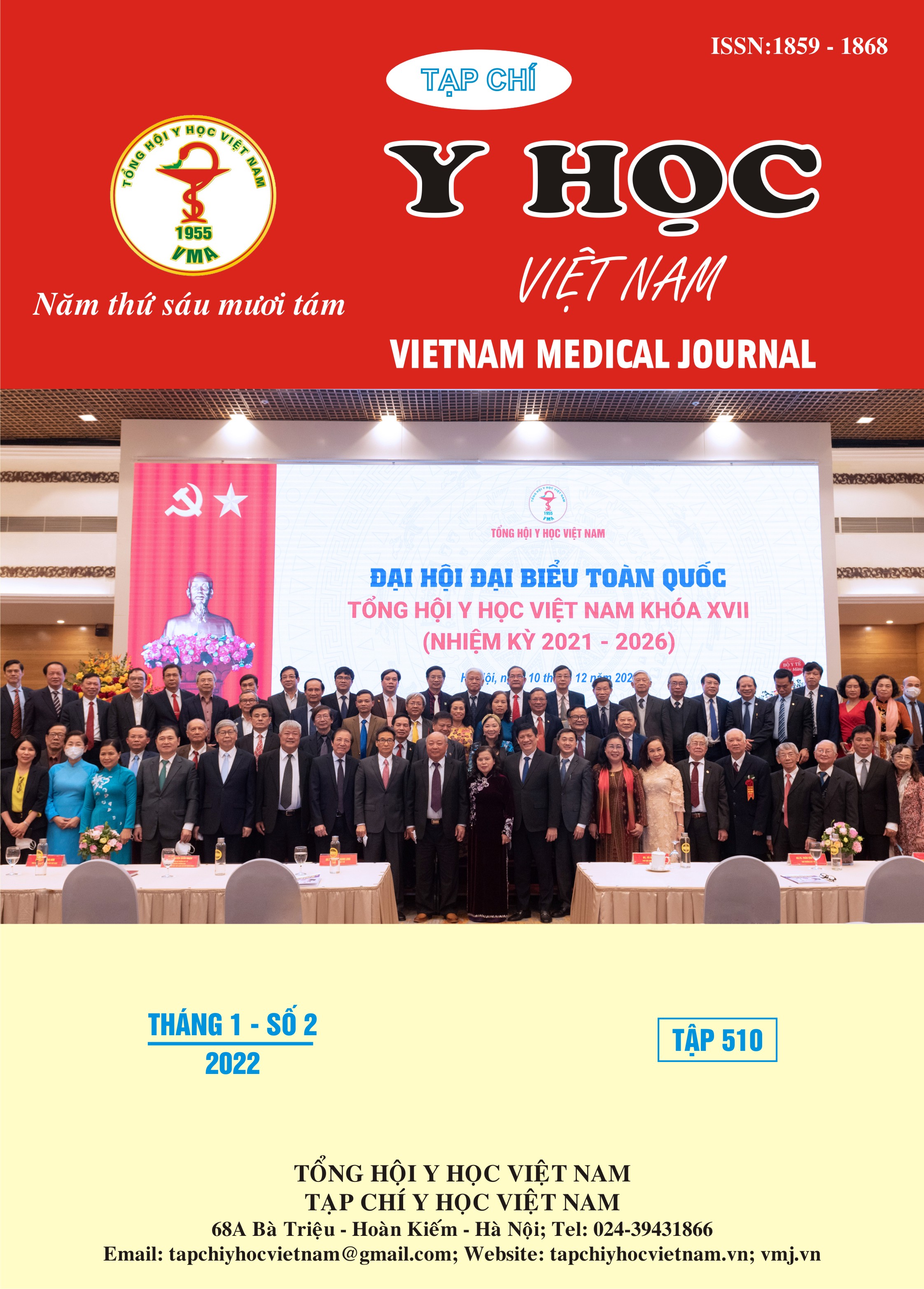RESULTS OF TREATING INTRAUTERINE ADHENSSION BY HYSTEROSCOPY AT HANOI OBSTETRIC AND GYNECOLOGY HOSPITAL IN 2020
Main Article Content
Abstract
Backgrounds: Intrauterine adhension is one of the leading causes of infertility in women. Aim: To analyse the results of treating intrauterine adhenssion by hysteroscopy. Materials and methods: A cross – sectional study was perfomed prospectively on the women who diagnosed intrauterine adhession and treated by hysteroscopy. Result: A total of 40 cases have been selected and divied into 4 level: level 1: 5 patients (12,5%), level 2: 14 patients (35%), level 3: 13 patients (32,5%) and level 4: 8 patients (20%). 80% patients have been treated successfully. Conclusion: Hysterosocopy is a effective method to resolve intrauterine adhenssion with the ratio of completely separate is 80% and normal period after surgery is 77,5%.
Article Details
Keywords
intrauterine adhenssion, hysteroscopy
References
2. Cohen S, Greenberg JA. Hysteroscopic Morcellation for Treating Intrauterine Pathology. Rev Obstet Gynecol. 2011;4(2):73-80. Accessed August 11, 2019.
3. Mohr J, Lindemann HJ. Hysteroscopy in the infertile patient. J Reprod Med. 1977;19(3):161-162.
4. Đặng thị Hồng Thiện. Tình Hình Soi BTC ở Các Bệnh Nhân vô Sinh Tại Bệnh Viện Phụ Sản Trung Ương Năm 2008.; 2009.
5. Al‐Inany H. Intrauterine adhesions. Acta Obstet Gynecol Scand. 2001;80(11):986-993.
6. Phạm Thị Mỹ Dung. Nghiên Cứu Điều Trị Dính BTC Bằng Phẫu Thuật Nội Soi BTC Tại BV Phụ Sản TƯ.; 2017.
7. Andrea Tinelli, Luis Alonso Pacheco Sergio Haimovich. Hysteroscopy.; 2018.
8. Osama Shauki, Sushma Deshmukh, Luis Alono Pacheo. Mastering the Techniques in Hysteroscopy.; 2017.
9. Roge P, D’Ercole C, Cravello L, Boubli L, Blanc B. Hysteroscopic management of uterine synechiae: A series of 102 observations. Eur J Obstet Gynecol Reprod Biol. 1996;65(2):189-193.


